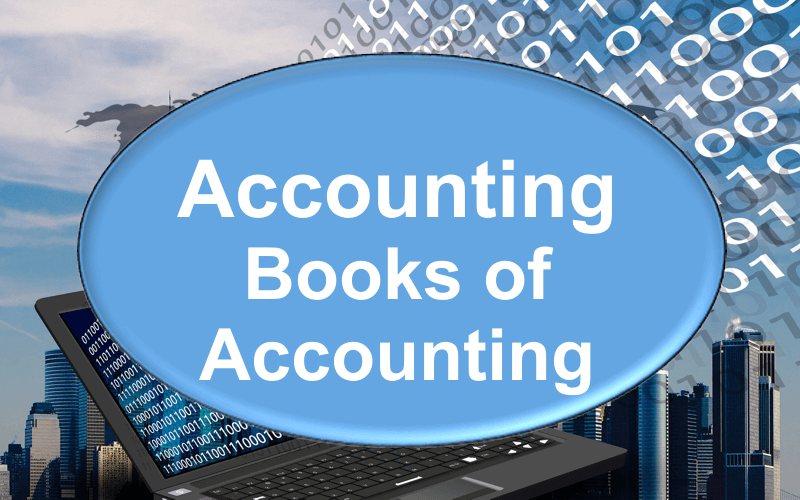Accounting – Books of Accounting
We shared what posting signified in the ERP world. In fact on our Outsourcing blog as well, we have recently explained book closures, which technically are an extension of posting in the computerized world.
- FAO- https://faoblog.com/processes-record-report-r2r-general-accounting-book-closures-2/
- Accounting last post – https://faoblog.com/accounting-posting-2/
Today, let us try to understand the structure of the books of accounting. The books of accounting can primarily be divided into two segments:
- Primary Books
- Secondary Books
Primary books are those which initiate the entry of any transaction, while secondary books are those which summarize the results. This is a very simple and complete definition.
The journal register would theoretically be the only prime book of entry, but it would make accounting cumbersome, as the business owners would need immediate information on things like cash / bank balances etc. So, we group similar transactions, and create specialized registers for them.
Some primary books of accounting are listed below:
- Cash / Bank Book
- Purchase Register
- Sales Register
- Returns Registers
- The Journal Register
- Debit Note Register
- Credit Note Register
Based on the business types and how the accountants have set up the structure, the number and type of books may differ.
Isn’t the accounting world interesting?
Do share this post if you like it.
——————————————————————
You want to understand how accounting translates into outsourcing?
Read our blog – https://faoblog.com/category/finance-and-outsourcing/
——————————————————————
Subscription and Guest Post:
You may subscribe to the blog from the subscription box on the opening page of the blog. We have enabled a button on the top of the first page, which will enable you share your posts. If you wish to write about any of the current streams, you can do it at https://faoblog.com/guest-post/. We will review your post and release it within 48 hours of your posting.



Trackbacks/Pingbacks